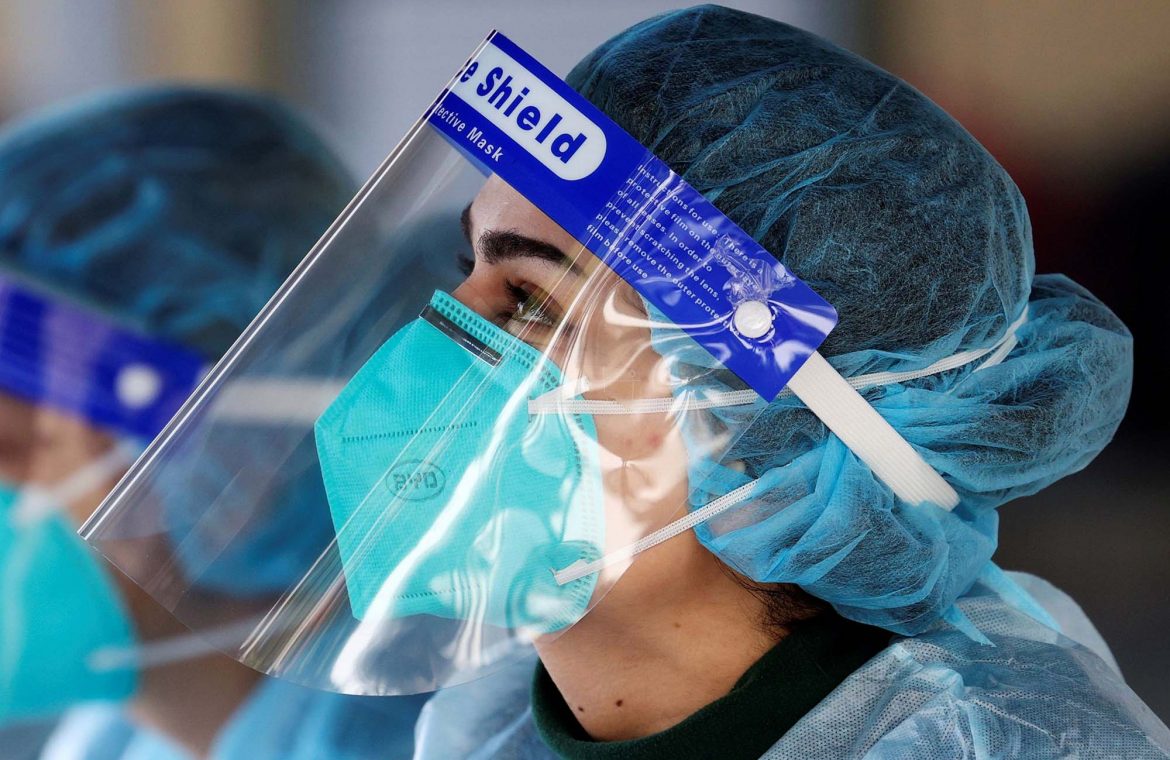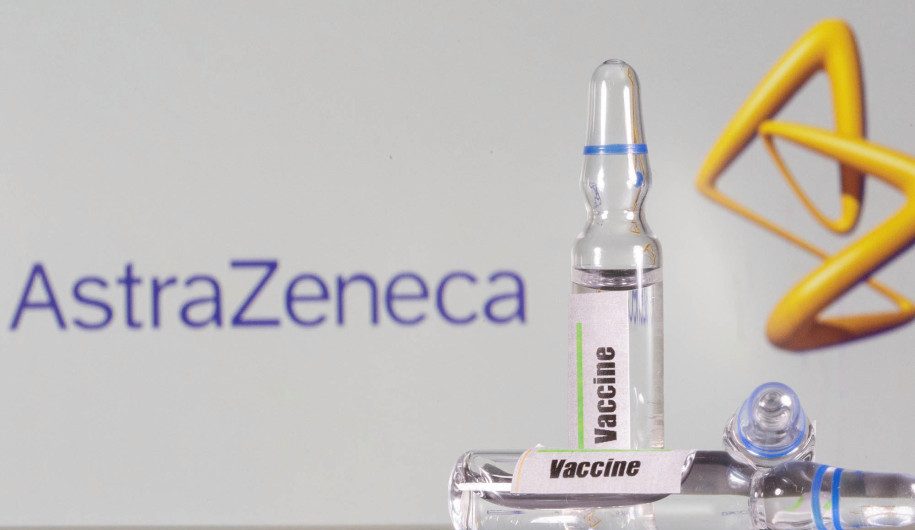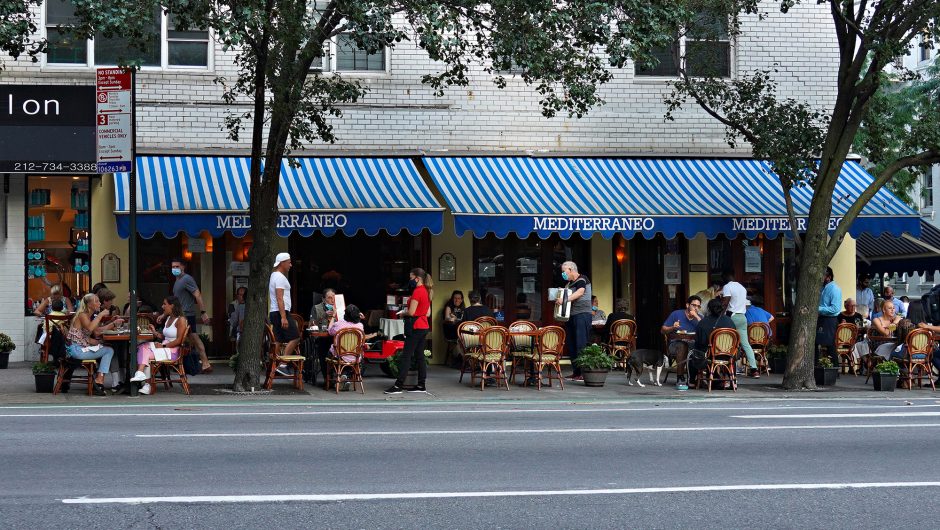More than six months into the coronavirus pandemic in the US, a cure is still elusive but radical changes in screening and treatment have saved thousands of lives.
At the height of the pandemic in April, the mortality rate in the US was just under 24 percent, according to data compiled by the Centers for Disease Control. As of last week, the CDC reported the mortality rate — the percentage of those infected who die — was hovering at just above 6 percent.
Worldwide, 911,000 people have succumbed to the dreaded bug, including 193,000 in the US. In New York state, the virus has killed 33,000 people, and sickened 446,000 more.
At the height of the pandemic, the Empire State was the COVID epicenter of the world, with almost 800 deaths a day.
Front-line health workers were forced into a steep learning curve that began with hospitals overwhelmed with COVID-19 patients during the first weeks of March.
“We’ve learned to treat a disease for which we had no cure or previous model,” said David Battinelli, chief medical officer for Northwell Health, which runs 23 hospitals throughout NYC and Long Island. “Our supportive care improved dramatically.”
For instance, in order to inhibit the growth of the virus, doctors are now treating patients with anti-viral drugs such as Remdesivir in the early stages of COVID-19, and supplementing that with a cocktail of anti-inflammatory steroids, such as dexamethasone, that could prevent respiratory failure.
“I think that what we know with a high degree of certainty now — that we didn’t know when we were getting pummeled by COVID — is that steroids appear to be helpful for patients with high levels of respiratory disease, and probably reduces their risk of dying,” said David A. Kaufman, director of ICU at NYU Langone Tisch Hospital. “Remdesivir is not a wonder drug but it probably limits how much the virus can grow in a person’s body.”
Importantly, the drugs also helped reduce the number of patients put on ventilators, which were a death sentence for many early patients.
In April, one study showed 88 percent of patients placed on ventilators in New York hospitals died. Studies in Wuhan and Italy echoed the grim findings. Overwhelmed health workers were quick to place patients who developed acute respiratory distress syndrome, or a buildup of fluid in the lungs often caused by pneumonia, on the breathing machines. The procedure is invasive, requiring intubation, and could further weaken patients with pre-existing conditions such as hypertension and diabetes.
But doctors began noticing that some of these distressed patients, while their oxygen levels were extremely low, were not gasping for air. They began to use less invasive breathing support — such as masks used for sleep apnea.
The ventilator-death rate dropped dramatically to 35.7 by the end of May, according to a study in the Critical Care Medicine journal. Outcomes were improving as medical professionals learned on the job.
“We learned how much oxygen to give, and what the optimal settings [for the ventilators] were, and we learned about kidney disease,” said Battinelli.
In the early days of the pandemic, doctors were increasing the air pressure on ventilators in order to open up their lungs. In many cases, it led to long-term cognitive and physical damage and even death, according to front-line health care workers.
David Battinelli and David Kaufmannorthwell.edu; nyulangone.org
Patients in acute respiratory distress due to the coronavirus and pre-existing conditions also risked kidney damage while intubated for long periods on ventilators. Vents could cause changes in blood flow to the kidneys and other organs, damaging them. Many patients who suffered kidney injuries had to undergo dialysis treatment.
The discovery that something as simple as turning patients in acute respiratory distress onto their stomachs — called “proning” — also reduced the reliance on ventilators. Nurses at Northwell’s Huntington Hospital were proning patients in the early days of the virus because they lacked ventilators, and the practice quickly caught on across the state. Doctors at Columbia University’s Irving Medical Center even studied the treatment after they found themselves having to prone patients in early April.
An Egyptian medical staff works on plasma received from a man who recovered from Covid-19.AFP via Getty Images
“The step-down unit at Columbia University Irving Medical Center had eight patients who were experiencing severe acute respiratory distress all at once,” said Sanja Jelic, an associate professor at Columbia University Medical Center, in an interview on the school’s website. “They had been receiving supplemental oxygen through a face mask or nasal tube, but now they needed to be intubated, connected to a ventilator, and sent to the ICU. Only one patient can be intubated at a time, so to buy some time, we placed three of the patients in the prone position.”
According to Jelic, and confirmed in the study published by JAMA Internal Medicine, three of the patients improved within an hour, and no longer needed ventilators.
Other studies found that in some patients high doses of intravenous vitamin C appeared to reduce the time needed on ventilators, but trials are still ongoing. Taking vitamins to strengthen the immune system, especially C and D, can help fight the virus, but they do not ward it off, studies show. Kaufman cautioned that previous studies had suggested high doses of vitamin C reduced sepsis but once those studies were subjected to rigorous testing, the results showed the vitamin actually had little effect, he said.
In the early days of the pandemic, many health care professionals, and President Trump, backed hydroxychloroquine as an early treatment for coronavirus patients. Many doctors and patients gave testimonials in the media about how the malaria drug quickly cleared up the flu-like symptoms associated with the coronavirus. Although the US Food and Drug Administration temporarily granted the drug emergency authorization, it revoked that authorization in June, saying that it was “unlikely to be effective” and could cause side effects such as heart arrhythmia.
The jury is still out on other treatments for the virus, including convalescent plasma, the antibody-rich blood taken from patients who have recovered from the coronavirus. Some researchers are working to synthetically reproduce those antibodies in a lab. Although the FDA authorized the emergency use of convalescent plasma in August for the treatment of COVID-19 patients, the agency cautions on its web site that “adequate and well-controlled randomized trials remain necessary” to prove it works.
Among the biggest questions is, Kaufman said, “How well do those antibodies stick to the offending germ and prevent coronavirus from doing its business?
“We just don’t know.”
Nor does anyone know when a vaccine will be ready. According to the World Health Organization, there are 169 vaccines under development, with 26 in the human trial phase. One promising vaccine trial, by AstraZeneca and Oxford University, was halted Tuesday when one of the 30,000 participants suffered a serious inflammatory condition that could result in paralysis. It must be investigated before the trial can resume.
In the meantime, long-held wisdom has been reinforced: an ounce of prevention is worth a pound of cure. Wearing a mask can block exposure to even the smallest amount of the airborne virus, and is likely behind a current infection rate of less than 1 percent in New York.
A study published last week in the New England Journal of Medicine noted that “as SARS-CoV-2 continues its global spread, it’s possible that one of the pillars of Covid-19 pandemic control — universal facial masking — might help reduce the severity of disease and ensure that a greater proportion of new infections are asymptomatic.”
Both Battinelli and Kaufman said they believe in the efficacy of masks and increased testing to reduce the spread of the virus.
“If we have learned anything from the pandemic, it’s that it’s too difficult to provide state-of-the-art critical care to that many people at one time,” said Kaufman, whose unit had to deal with as many as 180 patients requiring ventilators per day in the early days of the pandemic. “We ran out of drugs, we ran out of good ventilators, we stretched our personnel incredibly thin. Flattening the curve is the single most important thing to do, so that the people who are severely ill will get the care they need.”
BREAKTHROUGHS and DISAPPOINTMENTS
Anti-viral drugs, such as Remdesvir: limit how much the virus can grow inside the body
Steroids: Anti-inflammatory drugs reduce respiratory failure and can lessen the amount of time patients need to be on ventilators
Proning: Laying patients in acute respiratory distress on their stomachs can help with breathing and in many cases reduce the need for ventilators
Face masks: “The crude vaccine” for the coronavirus reduces exposure to the spread of airborne virus particles
Convalescent plasma: Antibody-rich blood taken from patients who have recovered from COVID-19 is still undergoing clinical tests
Hydroxychloroquine: Anti-malarial drug used to treat early symptoms, was used successfully by some doctors in the early days of the pandemic but clinical trials have shown that it could lead to severe side effects and the FDA banned the drug for emergency use in treating COVID-19
Vitamins C and D: Scientists are still studying their efficacy in preventing and treating the coronavirus.








